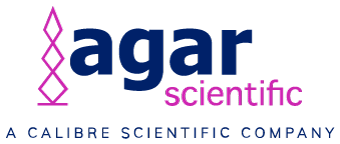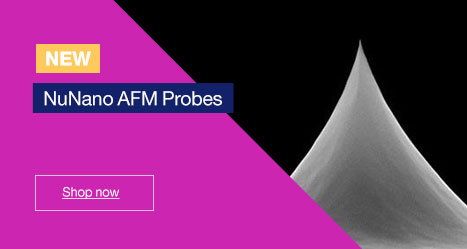It’s around this time of the year that we watch some species of birds leave our country and our over-wintering visitors returning. Swallows make the six week journey back to Africa between September and October, covering around 200 miles each day. Old folklore and superstitious beliefs held that these birds hibernated in village ponds over winter- a belief which persisted until around the 19th Century. As we lose the swallows of summer, we welcome our winter visitors such as barnacle and pink-footed geese which arrive from the Arctic and Iceland.
But how do birds navigate the thousands of miles between continents?
One of the proposed methods for navigation is the utilisation of cryptochrome proteins which are found in the avian retina with which birds can actually ‘see’ the magnetic field of the earth. Cryptochromes are a class of flavoproteins and are found in plants and animals. In plants, they are partly responsible for phototropism (directional growth) and also play a role in circadian rhythms in plants and animals.
Can we see it too?
The human retina expresses the cryptochrome CRY2 which means that we too have the capability to sense geomagnetic fields. However there is much debate and controversy surrounding the research as to whether or not humans are capable of sensitivity to magnetic fields. A study which generated a transgenic Drosophila line with human CRY2 has shown that this protein can function as a light-sensitive magnetoreceptor 1. But it remains unclear whether CRY2 function can be translated downstream within the human eye.
How cryptochromes (possibly) work
Cryptochromes are activated when exposed to blue light and via an electron transfer chain involving FAD (Flavin adenine dinucleotide) 2. It has been hypothesised that when the reaction returns to its resting state, a radical pairing occurs between flavin and the superoxide radical and this radical pair reaction responds to geomagnetism 2. Herein could lie the answer as to why humans cannot actively perceive magnetic fields in the way our avian counterparts can. Superoxide is a highly reactive free-radical and causes cellular damage. Humans have developed an efficient anti-oxidant system which prevents free-radicals from damaging our cellular systems. Although our highly effective superoxide dismutase enzyme prevents cellular disruption and cell death, it could also prevent superoxide from building up to levels where we could utilise the cryptochromes in our eyes 3. Our evolution has chosen preservation over visibility of geomagnetism.
The quantum physics part
In physics, particles can be described by their quantum state which depends on energy, electron spin and so on. Two separate particles can interact with one another in what is described as ‘quantum entanglement’. What happens to one particle will have an effect on another, despite being separated. As with many quantum systems, we don’t know until we look and the process of examining a quantum system will change it.
The current thinking with the superoxide/cryptochromes model is that when this molecular interaction is activated by light, it produces electron entanglements 4. These molecules would each have unpaired and entangled electrons. If the downstream molecular products of this interaction are dependent on the spin of the electrons, then an external magnetic field could change the orientation of the spins and therefore affect any chemical reactions in the retina of migratory birds 5.
Bird’s eye view
Despite years of research, the exact workings of the avian compass remain to be elucidated. What’s even more speculative is how birds actually ‘see’ the magnetic field of the earth. The molecular reactions involving cryptochromes may vary according to the angle of the magnetic field lines, therefore birds flying close to the equator may sense horizontal lines, whilst nearer the poles, these lines could become more angular. The actual bird’s eye view might be lighter or darker regions, or spots. We’ve come a long way from our folklore beliefs surrounding hibernating swallows, but we’ve still got some way to go to understanding how they actually navigate their 10,000 mile journey.
References
- http://www.nature.com/ncomms/journal/v2/n6/full/ncomms1364.html
- http://www.ncbi.nlm.nih.gov/pmc/articles/PMC2712043/
- http://spie.org/x37204.xml#B6
- http://www.cell.com/biophysj/abstract/S0006-3495(09)00468-8
- http://www.ks.uiuc.edu/Research/cryptochrome/
AUTHOR: Martin Wilson


